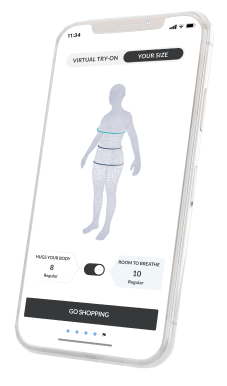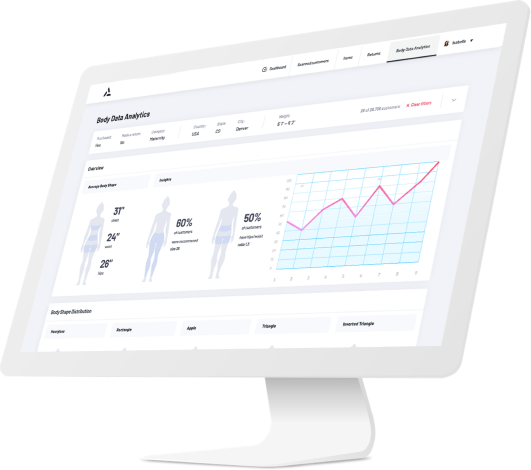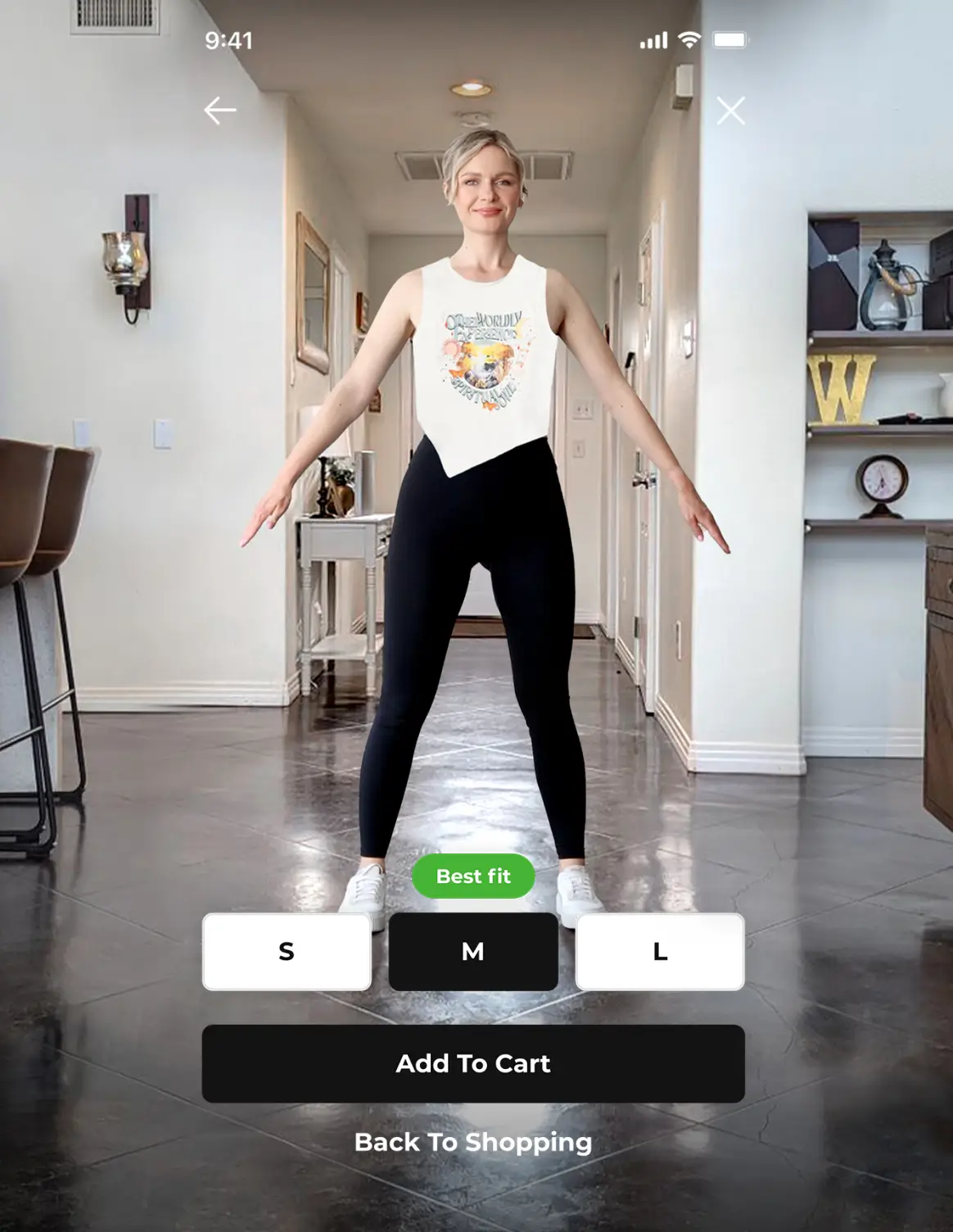Fashion’s new future: Pandemic-inspired change in fashion & retail
What can the fashion industry expect in the pandemic’s wake, and what changes will need to be made to ensure fashion remains fit for purpose in the post-pandemic world?
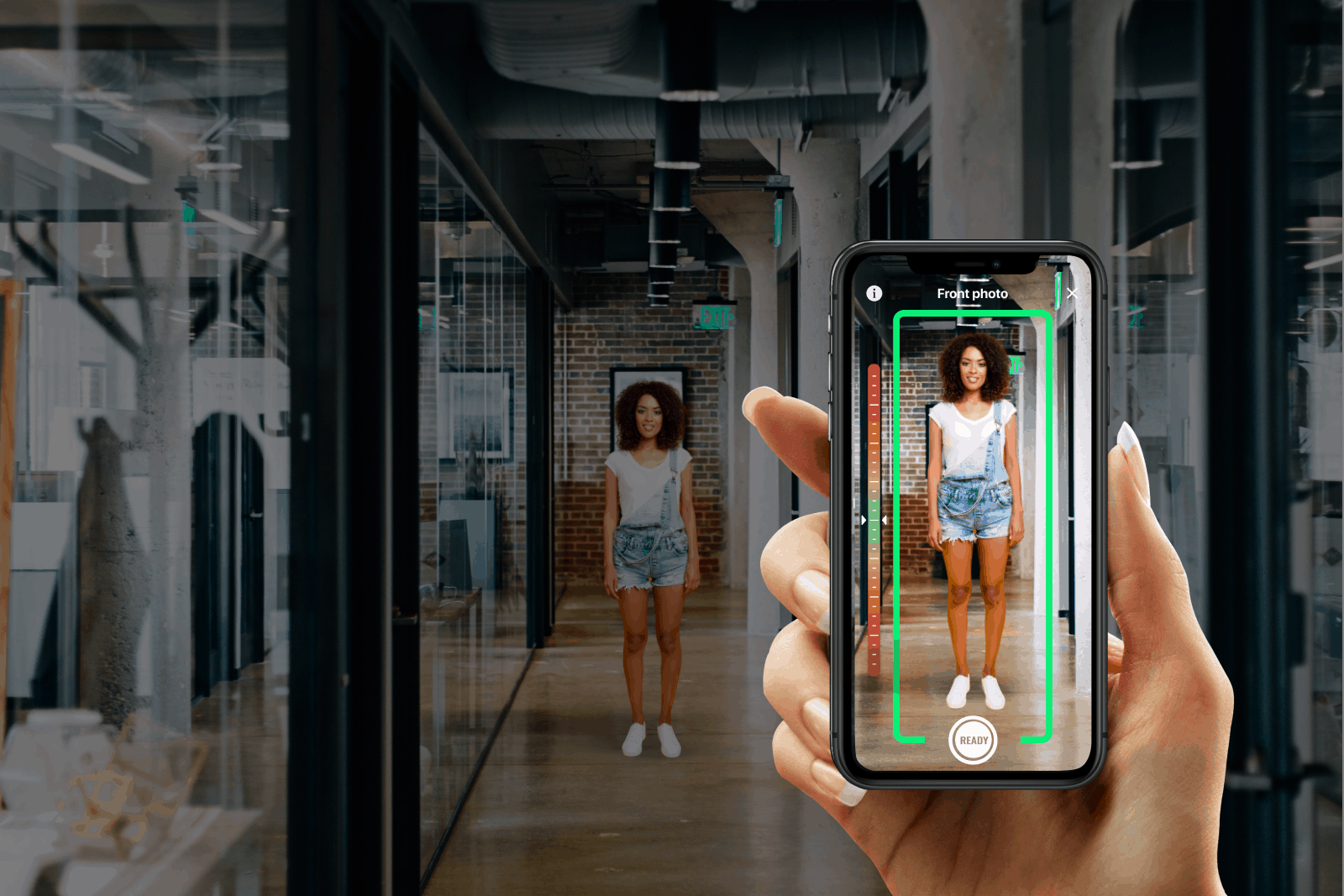

Share on

From opening virtual dressing rooms to implementing online body scanning technology, how can fashion businesses act now to survive in the post-pandemic age?

From opening virtual dressing rooms to implementing online body scanning technology, how can fashion businesses act now to survive in the post-pandemic age?
The brick and mortar experience faces new challenges related to inventory, cleaning processes, fitting rooms, and contactless store associate procedures. However, as retail continues to reopen, and stores and customers begin to pave the path for new shopping experiences, the fashion industry is ripe for exciting new innovations that embrace social distancing and address customer concerns.
So what can the fashion industry expect in the pandemic’s wake, and what changes will need to be made to ensure fashion remains fit for purpose in the post-pandemic world?
Contactless will be the new normal – both in-store and online
Fashion retailers already suffer $550 billion in returned purchases annually, fuelled largely by the inability to try on garments through e-commerce channels. Currently, consumers are 50% more likely to return an online purchase. Yet, with fitting rooms slowly opening or not opening at all, in the wake of COVID-19, in-store purchases could escalate the problem — according to a survey by First Insight, 56% of women say they would feel unsafe trying on clothing in dressing rooms following the pandemic.
Contactless fashion technology reduces the need for fitting rooms. 3DLOOK’s Perfect Fit solution can provide customers with tailored size and fit measurements, both in store and online, without risk to their health. Using two photos taken through any smartphone device, customers can generate precise body measurements and accurate size and fit recommendations in seconds. To improve the brick and mortar experience, 3DLOOK recently launched an in-store contactless body measurement app that arms store associates with a digital measuring tool, enabling them to recommend the right size and fit without having to touch the customer.
For made-to-measure businesses that typically rely on manual measurement processes and may not have an e-commerce website, 3DLOOK has launched Mobile Tailor, a self-service contactless body measuring solution. Mobile Tailor provides an easy to use solution to digitize their measurement process.
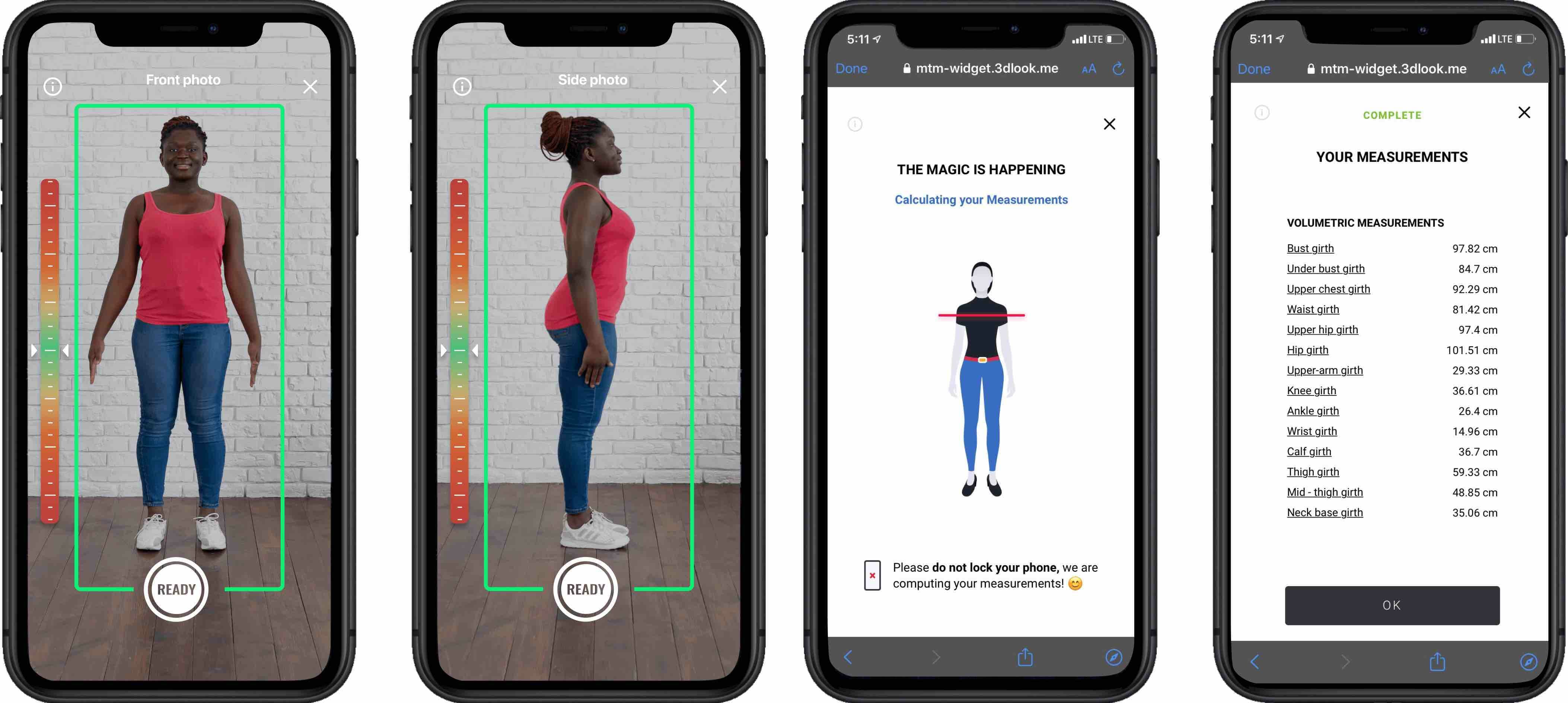
‘Mobile Tailor’ User Flow: your customer takes 2 photos with any smartphone on any background, and in under a minute — you get the customer body data.
Each customer is provided a personal measurement link where they can upload photos captured on any smartphone device. 3DLOOK technology analyzes these images to accurately generate up to 60 unique points of measure. In the short term, this tool will allow bespoke fashion businesses to continue providing customers with tailor-made garments, and in the long term, it will allow MTM businesses to expand their global reach.
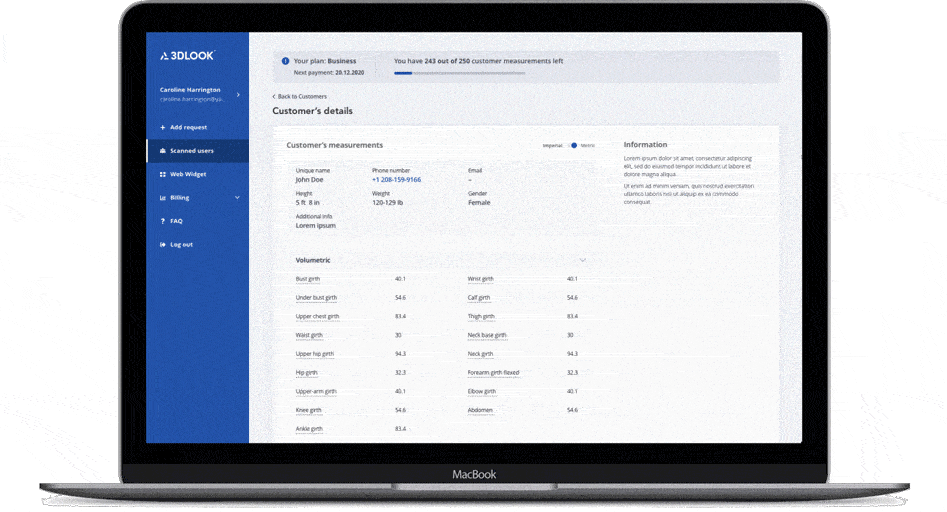
Virtual showrooms: Physical experience in a virtual world
Digital showrooms have previously been overlooked due to the inability to touch and feel products. Now that travel is limited for the foreseeable future, virtual showrooms are being revisited which would allow clients to visualize new collections remotely, in high quality, using a smartphone or computer.
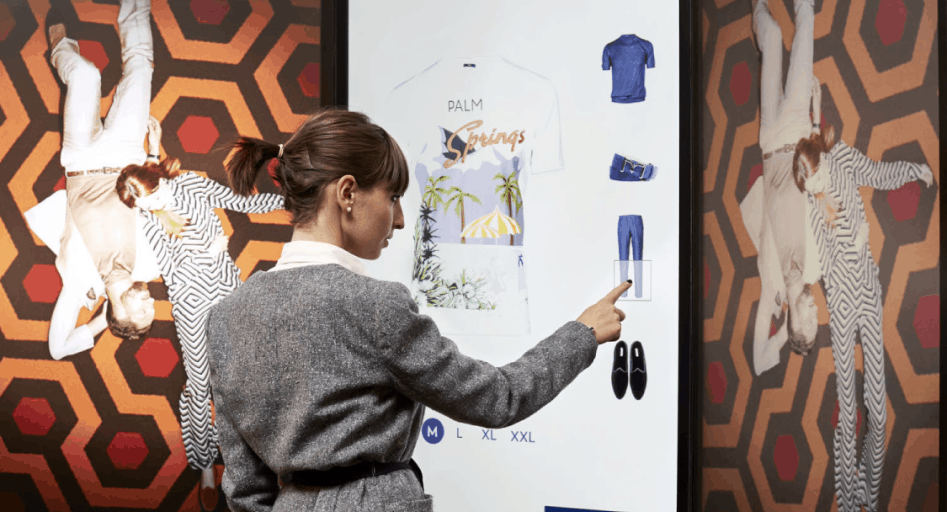
These interactive experiences would mimic physical showrooms, allowing buyers to browse collections and view garments in 360 degrees in a virtual setting. The technology’s potential will be put to the test at London Fashion Week this September, where virtual showrooms will play a vital role in allowing brands to interact with attendees in the event’s new digital format.
As augmented and virtual reality technologies advance, such solutions will allow buyers to visualize the design and fit of a particular garment on 3D avatars. In turn, this will aid purchasing decisions to be made remotely, ensuring the continuation of buy cycles for fashion apparel and withstanding future periods of disruption.
E-commerce will play an increasingly important consumer-facing role
E-commerce apparel sales spiked in light of store closures and lockdowns – H&M saw online sales climb by almost a third in March and April, while offline sales plummeted by 57%.
While stores have begun to reopen, spikes in cases have already seen restrictions reimposed in many parts of the world. Due to the unpredictability of the threat and the high probability of further disruption, it’s important that traditional brick and mortar retailers transition to omnichannel retailing to continue connecting with their customers seamlessly on all channels.
Those across the industry will need to implement digital solutions that ensure the customer experience is upheld should further disruption ensue. That means getting the basics, such as offering a mobile responsive website (given mobile accounts for 65% of all e-commerce traffic), right.
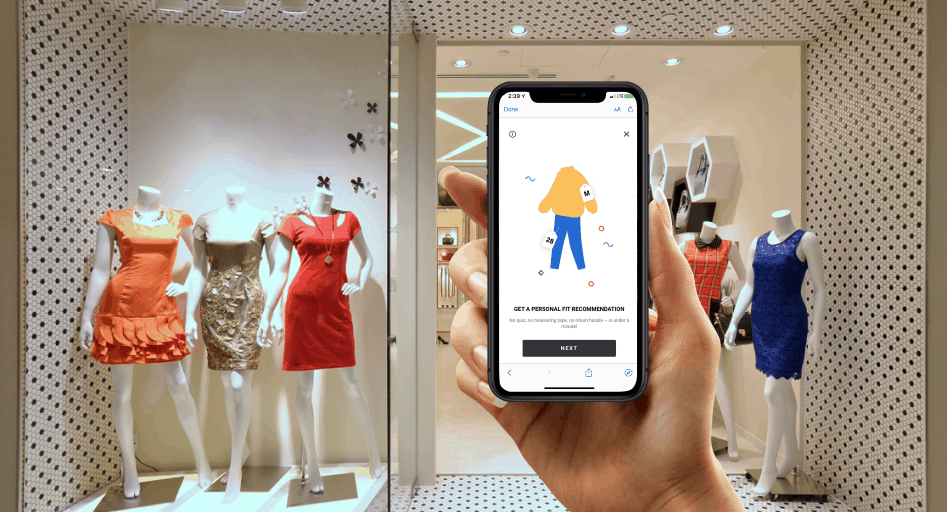
Image: 3DLOOK custom webwidget integration
However, brands must also ensure that the online experience matches up to the offline experience. Made-to-measure businesses must be able to collect accurate body measurements online, for example. Social distancing measures have made it impossible to manually measure customers for fit. However, using 3D body scanning technology which instantly digitizes the human body, digital measurements – more accurate and consistent than those taken by hand – can be obtained without physical contact. By digitizing the process, made-to-measure manufacturers can continue to serve customers with bespoke garments anywhere, anytime. Not only does this create a better customer experience, but it also reduces the financial and logistical burden of measurement sessions that require travel and human contact.
A spotlight on brand values
The financial impact of the pandemic sends a pressing reminder as to why more sustainable business models are needed as the retail industry sits on billions of dollars in surplus stock.
More than 50% of interviewed consumers want the fashion industry to follow more sustainable practices, and this sentiment has been heightened by the current state of affairs. The pandemic has forced consumers to re-evaluate their needs, and there is a renewed sense of community too. Subsequently, these changes could be reflected in consumer behavior, with more importance placed on the collective impact of a purchase.
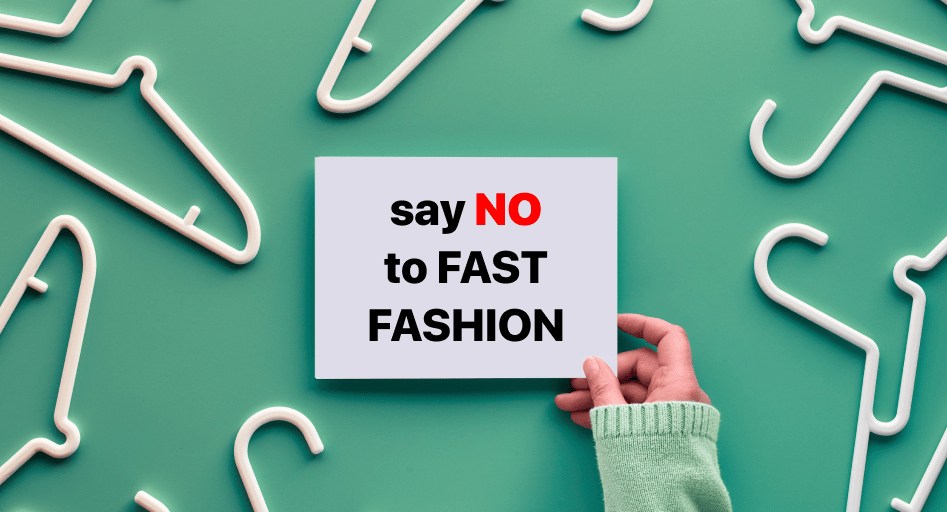
Image credit: Shutterstock
We know from speaking directly with brands that e-commerce returns are upwards of 40% and in some categories of apparel more than 60%. It isn’t uncommon for a large brand or retailer to find itself saddled with billions of dollars’ worth of unsold stock in a single year. Bad fit is a huge contributor to both of these statistics
Whitney Cathcart | 3DLOOK co-founder and Chief Strategy Office
While quality, design, and durability will continue to set the benchmark for what constitutes good fashion, consumers will pay more attention to brands that value collective well-being. Body data will play a vital role in this by producing better fitting garments, reducing returns and surplus stock, and creating the sustainable industry that consumers now want to see.
Tags:
Fashion
EXPLORE MORE CONTENT

Subscribe to our Newsletter
No more pages to load
